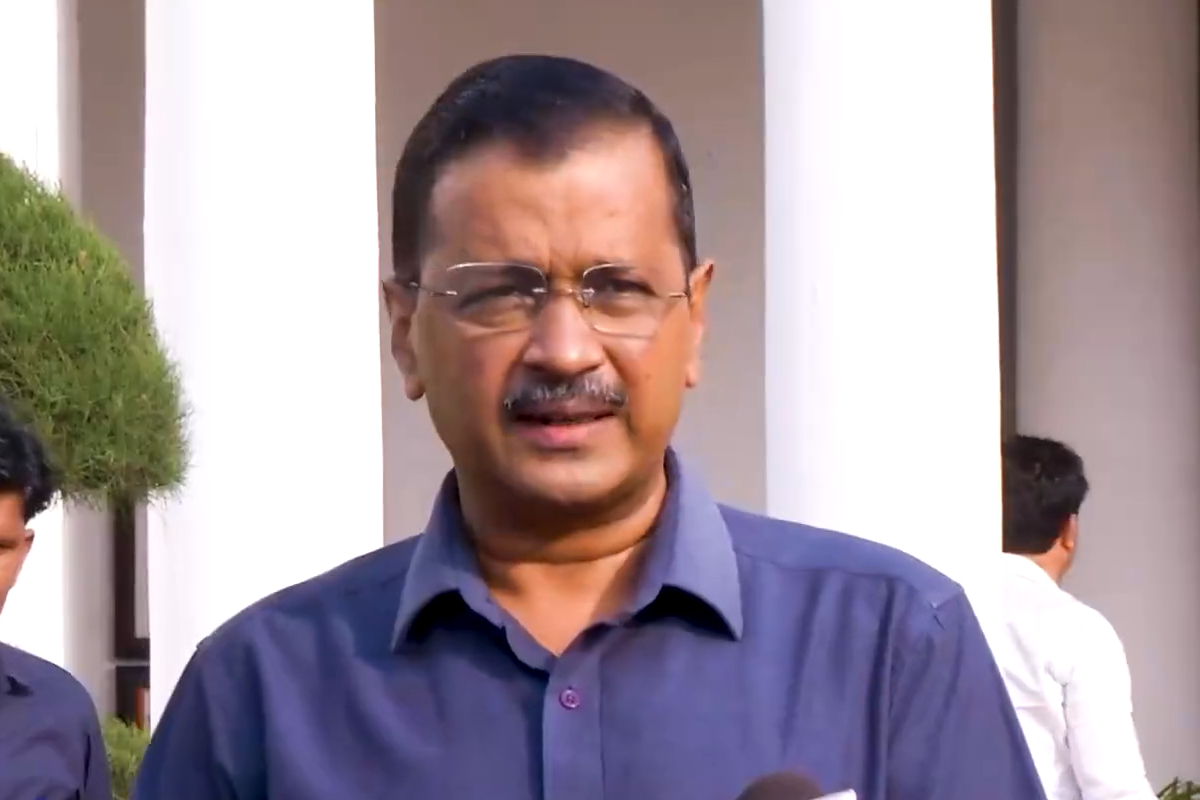Delhi Chief minister Arvind Kejriwal said on Monday that Delhi has been experiencing less pollution in comparison to the last few years with the efforts done by the Aam Aadmi Party (AAP)-led Delhi government.
He said there has been a revolutionary change in Delhi’s air pollution levels, with a reduction of 30 per cent in pollution levels from 2016 to 2022.
Kejriwal said the number of severe AQI days has decreased from 26 in 2016 to 6 in 2022, while the number of very poor and severe AQI days has come down from 124 to 72.
“The Delhi government has launched a Summer Action Plan aimed at effectively tackling pollution. Under the plan, the government will take immediate and long-term steps to address the issue, including stopping dust pollution, open burning and industrial pollution, implementing solid waste management, conducting real-time source apportionment studies, increasing green cover, developing lakes, and holding dialogues with neighbouring states,” he added.
Kejriwal said to prevent dust pollution, the government is installing 84 mechanical road-sweeping machines, 609 sprinklers, and 185 mobile anti-smog guns. These measures will be implemented in a coordinated manner to ensure maximum impact.
Even as cities across the world struggle to bring down air pollution levels, Delhi has emerged successful in its fight against it. Providing some data, the Delhi CM highlighted that in 2016, there were 26 such days where the AQI was in the ‘severe’ category, but in 2022-23 there were only 6 such days.
He further added that in 2016, there were 124 days in the ‘Very Poor’ and ‘Severe’ category, and in 2022-23 these were reduced to 72 days. He said that there were 109 days in 2016 in the Good, Satisfactory and Moderate categories and this has further increased to 163 days in 2022-23.
The CM, while highlighting the findings from the Delhi Government’s Real-Time Source Apportionment Study, revealed the distinct pollution sources in the city during the winter and summer seasons. In winter, pollution stems from weather patterns, stubble burning, vehicle emissions, and open burning. Summer pollution is driven by landfill fires spurred by heat, and blazes in areas with dry foliage. This data sheds light on the complex nature of pollution and emphasises the need for targeted solutions for each season.
At least 30 departments of the Delhi government will work together towards effective implementation of the Summer Action Plan, with some of its impacts targeted for the short term, while others will be for the long term. Some of these departments are the Environment Department, DPCC, Development Department, Cantonment Board, CPWD, DDA, Delhi Traffic Police, DTC, Revenue Department, DSIIDC, Education Department, DMRC, PWD, Transport Department, NHAI, Delhi Jal Board, NDMC, etc. The Delhi CM added that each department has been assigned a specific task under the plan.
Discussing the 14 focus points under the Summer Action Plan, CM Kejriwal listed dust pollution as one of the main causes of pollution, which has been mostly seen occurring in the summer months. To curb this problem, he said that 84 Mechanical Road Sweeping Machines are being used in different parts of the city and that 609 water sprinklers are also in use in Delhi. Besides this, 185 Mobile Anti-Smog Guns are also being used in Delhi.
He also said that the smaller lanes that are under the MCD will be sprinkled with water one or two times a week to settle the dust on them. Besides this, he said that 225 patrolling teams will be constituted to patrol the city during the day and there will be 159 such teams that will patrol the streets of Delhi at night and they will be in charge of identifying any other source of pollution in the National Capital. He also said that 13 hotspots have been identified and using the Real-Time Source Apportionment Study the key sources of pollution in these areas will be identified and solutions to curb them will be found.










